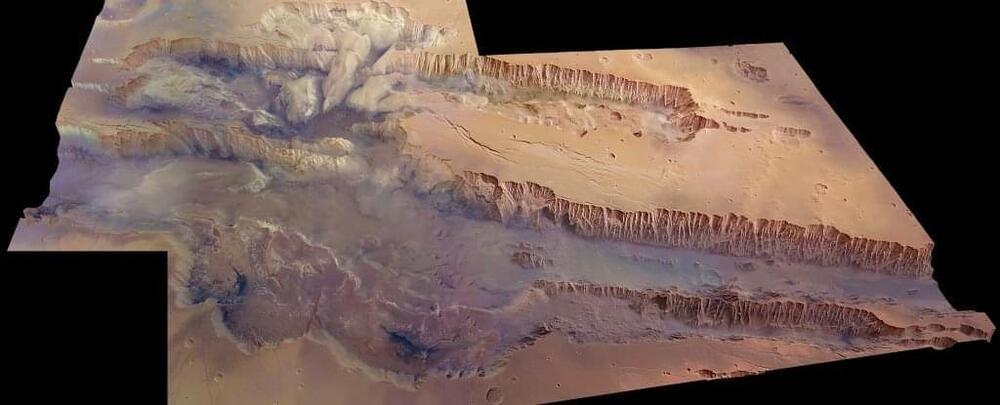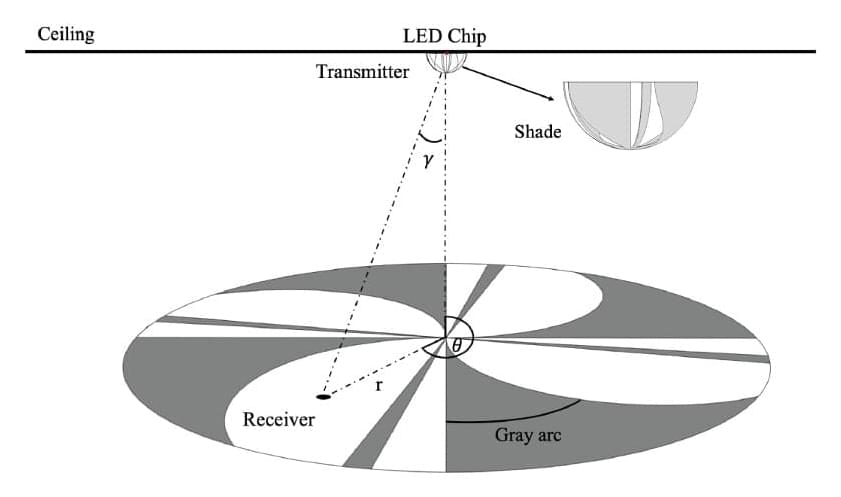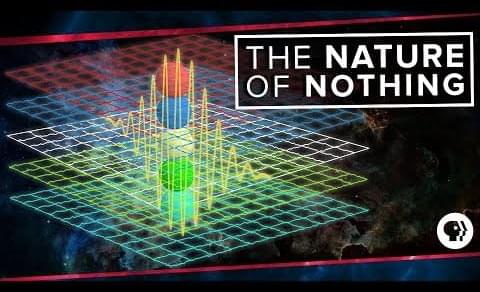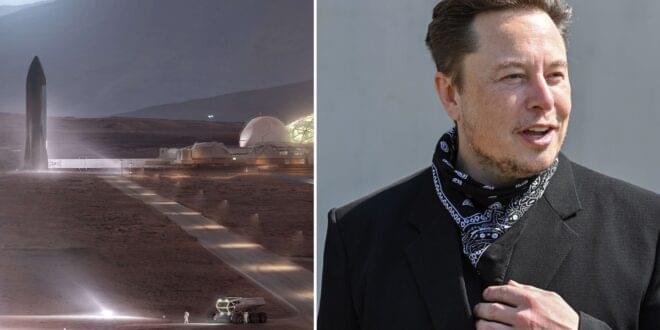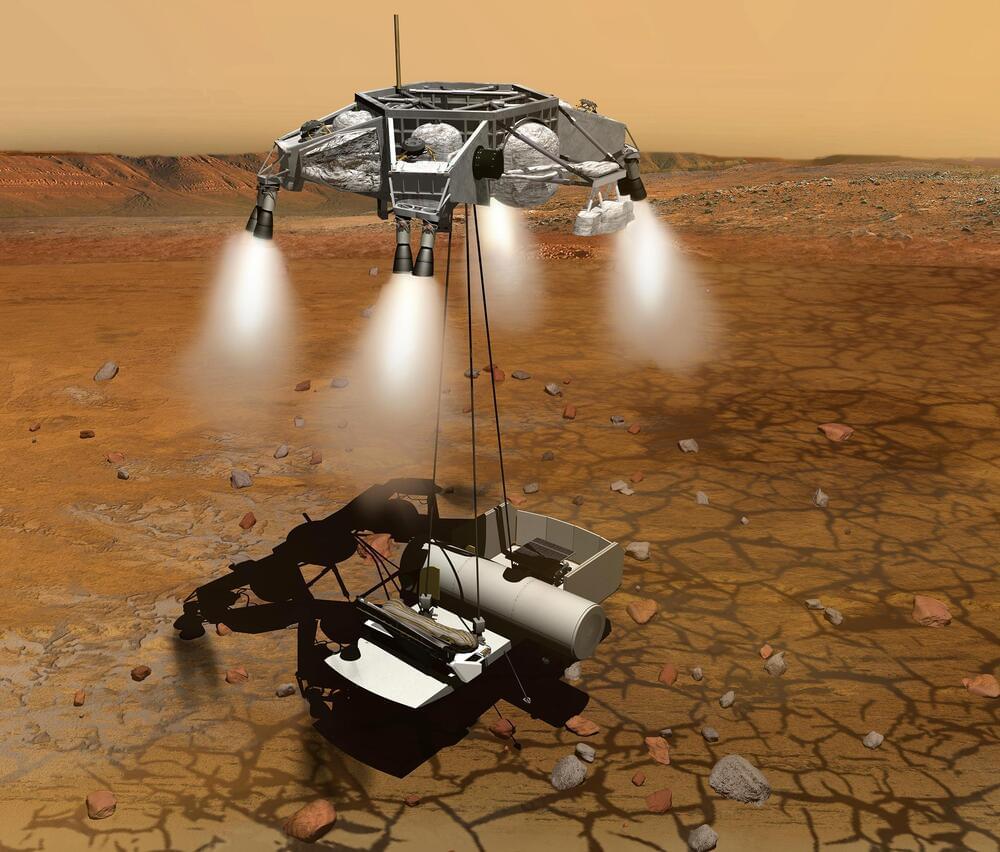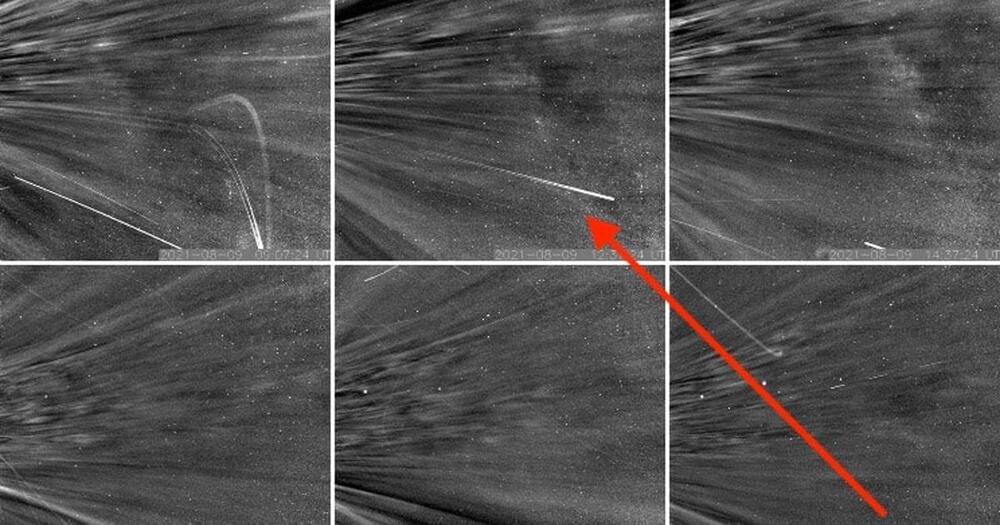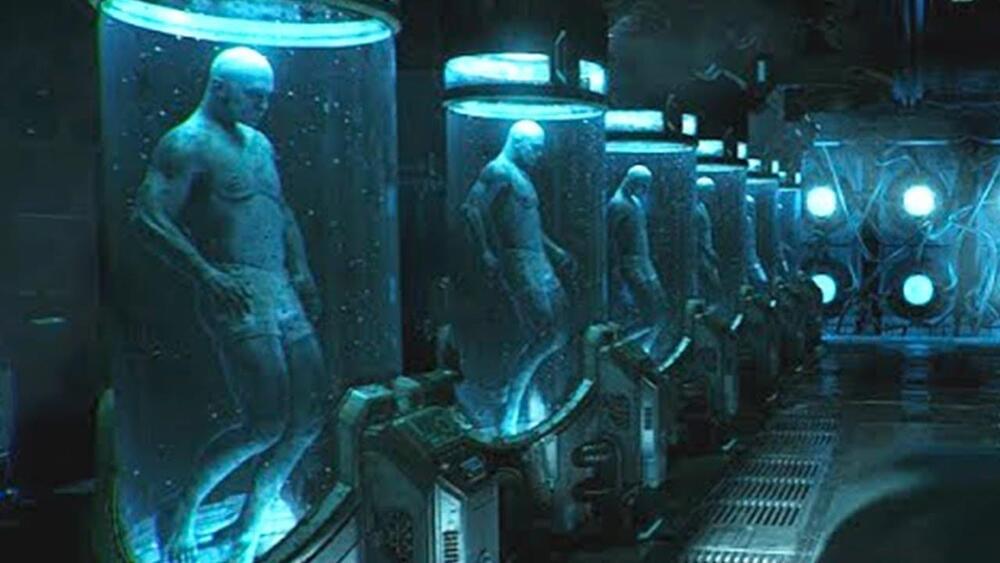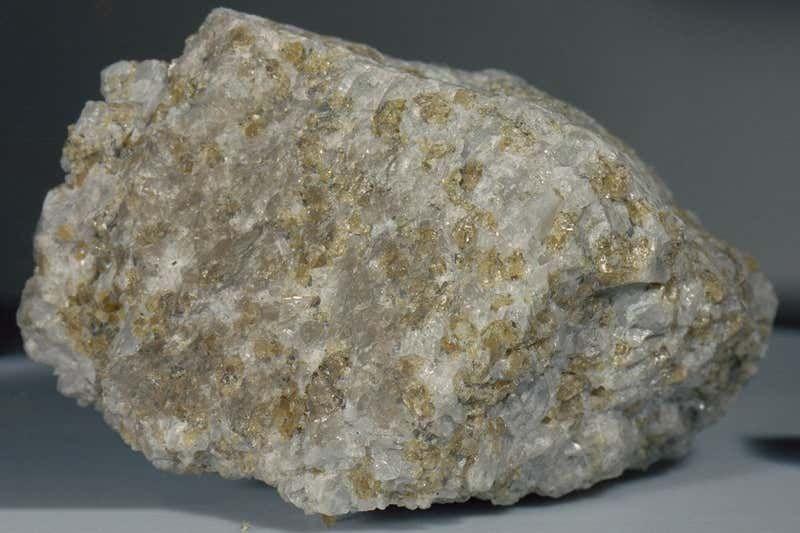A vast system of canyons that dramatically scars the face of Mars could be harboring reserves of hidden water.
An unusually high quantity of hydrogen has been detected in the heart of the 4,000 kilometers (2,485 miles) of canyons known as Valles Marineris, nicknamed the Grand Canyon of Mars. We know this thanks to new data from the ESA-Roscosmos ExoMars Trace Gas Orbiter’s FREND instrument.
The finding suggests that, at depths up to a meter (three feet) below the surface, the soil in the region is rich in water, either bound up in minerals or as subsurface water ice, potentially offering a new way of locating the precious stuff on the apparently extremely arid world.
